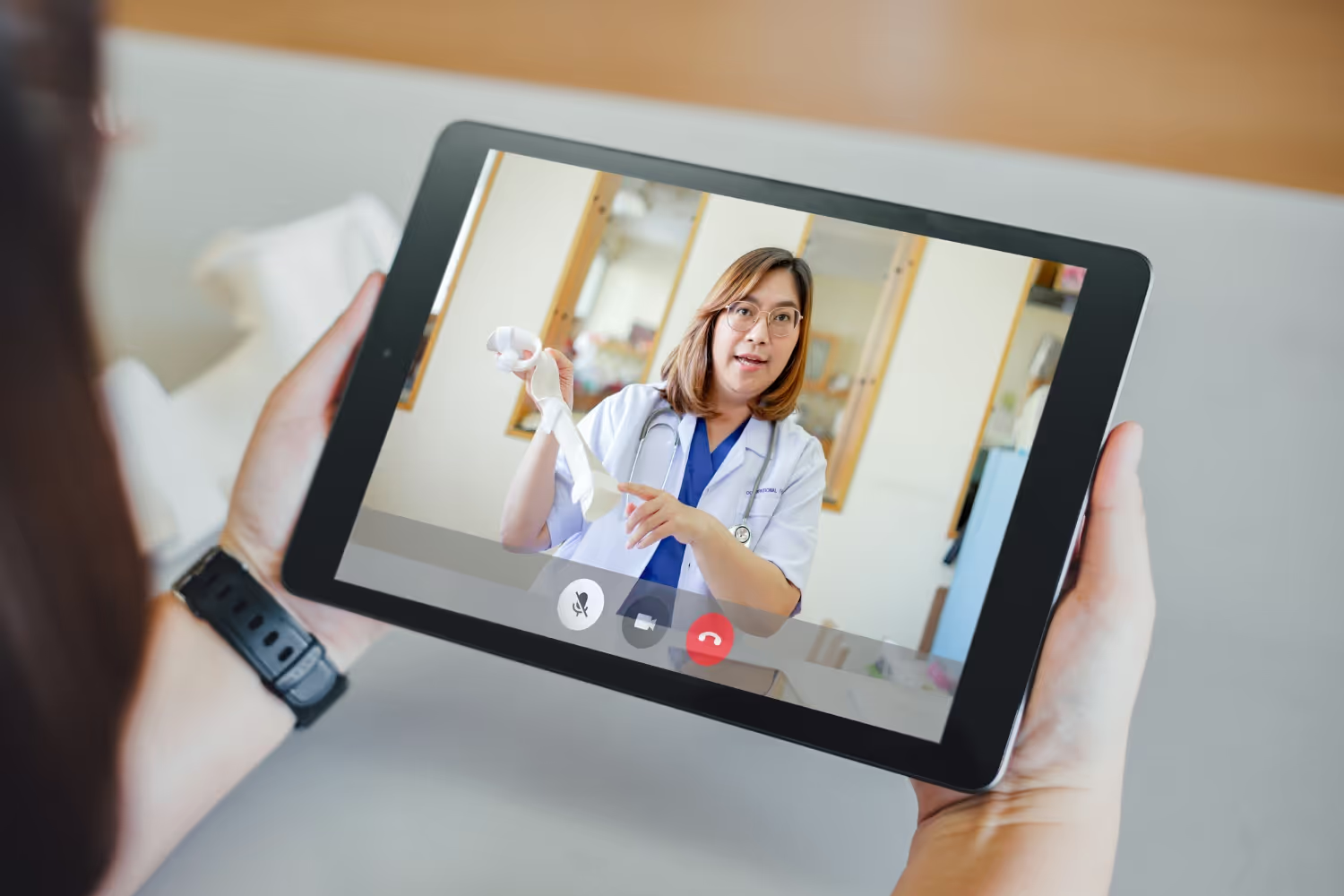For telehealth employers, the biggest growth constraint is often not technology or patient demand—it’s licensing. Clinicians can only provide care in states where they are licensed. The Interstate Medical Licensure Compact (IMLC) has emerged as a game-changer, allowing eligible physicians to practice across multiple states more efficiently. Understanding and leveraging cross-state licensing is critical to building a scalable, flexible telehealth workforce.
Why Cross-State Licensing Matters
- Broader talent pool: Expands the number of available clinicians for telehealth services.
- Reduced wait times: Patients gain faster access to care when more clinicians can practice across states.
- Compliance assurance: Operating only within licensed jurisdictions keeps practices legally safe.
- Business scalability: Enables healthcare organizations to expand into new states without recruiting entirely new staff.
Strategies for Expanding Your Telehealth Workforce
- Encourage Compact Licenses
Providers who qualify for the IMLC can obtain multi-state licenses faster than traditional processes. This can dramatically reduce onboarding time. - Map State Licensure Requirements
Not all states participate in compacts. Maintain a detailed license map and identify where clinicians need additional credentials. - Partner with Telehealth Staffing Agencies
Agencies like DirectShifts handle licensing verification, credentialing, and compliance, allowing you to deploy clinicians across states seamlessly. - Educate Clinicians About Multi-State Opportunities
Highlight benefits such as flexible patient panels, broader career opportunities, and increased income potential. - Use Technology to Track Licensure Status
Credentialing platforms can automatically notify HR or operations teams when licenses expire or need renewal, reducing risk and downtime.
Case Snapshot: Scaling Across States with DirectShifts
A telehealth company operating Remote Patient Monitoring (RPM) tools reached out to DirectShifts. They were looking for bilingual Registered Nurses, Licensed Vocational Nurses, and Medical Assistants with active licenses in multiple states. Due to high demand, there was an urgent need for a partner who could take care of this situation. Within days of joining DirectShifts, the telehealth RPM group connected with dozens of midlevel clinicians. This rapid deployment was made possible by DirectShifts' comprehensive licensing services, which streamlined the credentialing process and ensured compliance across multiple states.
DirectShifts Licensing Services
DirectShifts offers comprehensive healthcare licensing services that assist physicians in obtaining the necessary licenses to practice telemedicine. Whether you need a license for a specific state or want to navigate the Interstate Medical Licensure Compact, DirectShifts simplifies the process so that you can focus on delivering top-quality care without the stress of handling licensing issues. Their services include:
- Dedicated Licensing Concierge: Personalized, one-on-one support throughout the entire licensing journey—from document collection to approval.
- Licensure Maintenance and Renewal: Tracking renewal deadlines, sending reminders, and managing renewals so your practice stays uninterrupted.
- Continuing Education Compliance: Monitoring, reminding, and assisting with course tracking to ensure compliance with CE requirements for all your licenses.
Conclusion
Cross-state licensing is not just a regulatory necessity—it's a strategic advantage. By partnering with agencies like DirectShifts, telehealth employers can rapidly scale their workforce, ensure compliance, and meet the growing demand for virtual care services.
FAQ: Cross-State Licensing for Telehealth Employers
- What is cross-state licensing in telehealth?
Legal authorization for clinicians to practice in states beyond their primary license state. - What is the Interstate Medical Licensure Compact (IMLC)?
A multi-state agreement allowing eligible physicians to obtain licenses in participating states faster. - Which states participate in the IMLC?
Currently 37+ states, with the list updated regularly on the IMLC website. - How does cross-state licensing benefit telehealth employers?
Increases clinician availability, reduces patient wait times, and supports scalable operations. - What is the process for obtaining a compact license?
Eligibility check, primary state license verification, submission through IMLC, and payment of fees. - Are there costs associated with cross-state licensure?
Yes—application fees vary by state and compact processing fees. - How long does it take to obtain a compact license?
Typically 30–60 days, much faster than traditional multi-state applications. - Can clinicians practice in multiple states with a compact license?
Yes, in all participating states, subject to scope-of-practice rules. - What are the limitations of cross-state licensing?
Only eligible physicians can apply; nurses and other providers follow separate state regulations. - How can employers encourage clinicians to obtain compact licenses?
Offer financial support for fees, provide guidance, and emphasize career and workload flexibility.
Transform your telehealth offerings with robust staffing solutions. Ensure high-quality virtual care for your patients while adapting to the evolving landscape of healthcare delivery.
Schedule a DemoEmpower Your Healthcare Workforce
Subscribe for industry insights, recruitment trends, and tailored solutions for your organization.














